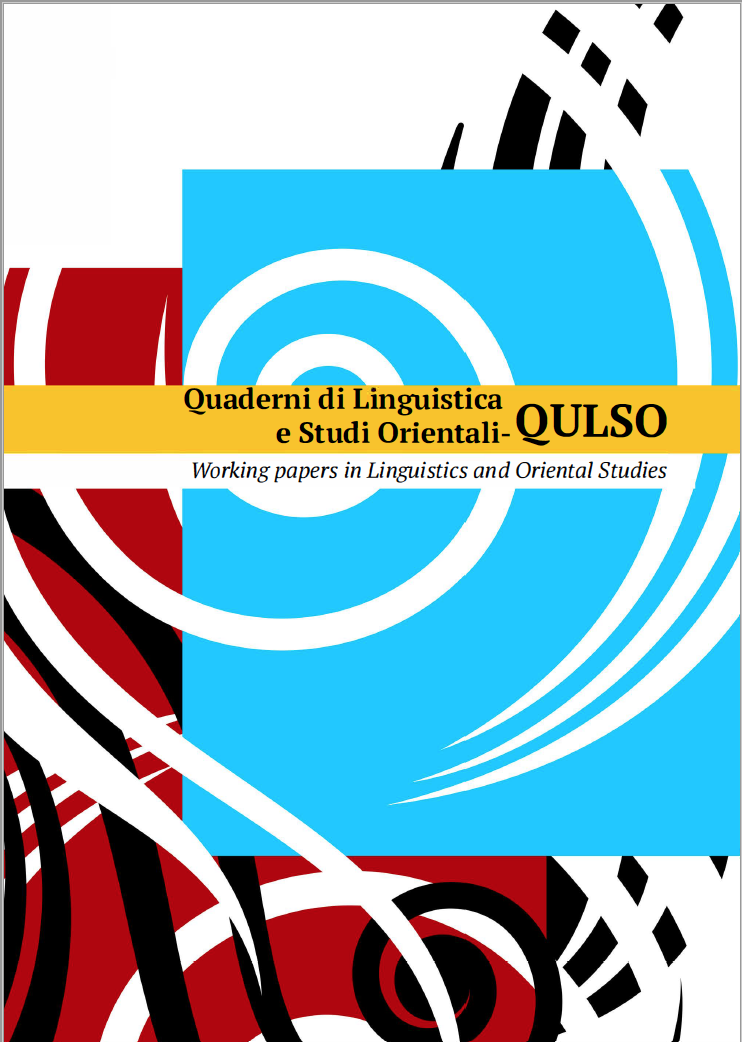Published 2017-09-27
Keywords
- Intervocalic Voicing,
- Sound Change
How to Cite
Abstract
This paper deals with the non-systematic voicing of intervocalic sj in Old Tuscan. Old Tuscan displays both voiceless [ʃ] and voiced [ʒ] as outcomes of intervocalic sj, without an obvious phonological conditioning determining them. None of the existing attempts to account for this dual outcome – the search for a Neogrammarian regularity, the supposed introduction of [ʒ] through lexical borrowing, the hypothesis of a variable sound change – is completely satisfactory. It will be proposed that the hypothesis of a variable result of this sound change can be theoretically refined and given new empirical arguments. Specifically, it will be argued that an allophonic voicing rule may be followed by a partial lexical re-categorization of its output, and it will be shown that the outcome [ʒ] is most likely when the following vowel is low and/or stressed.



